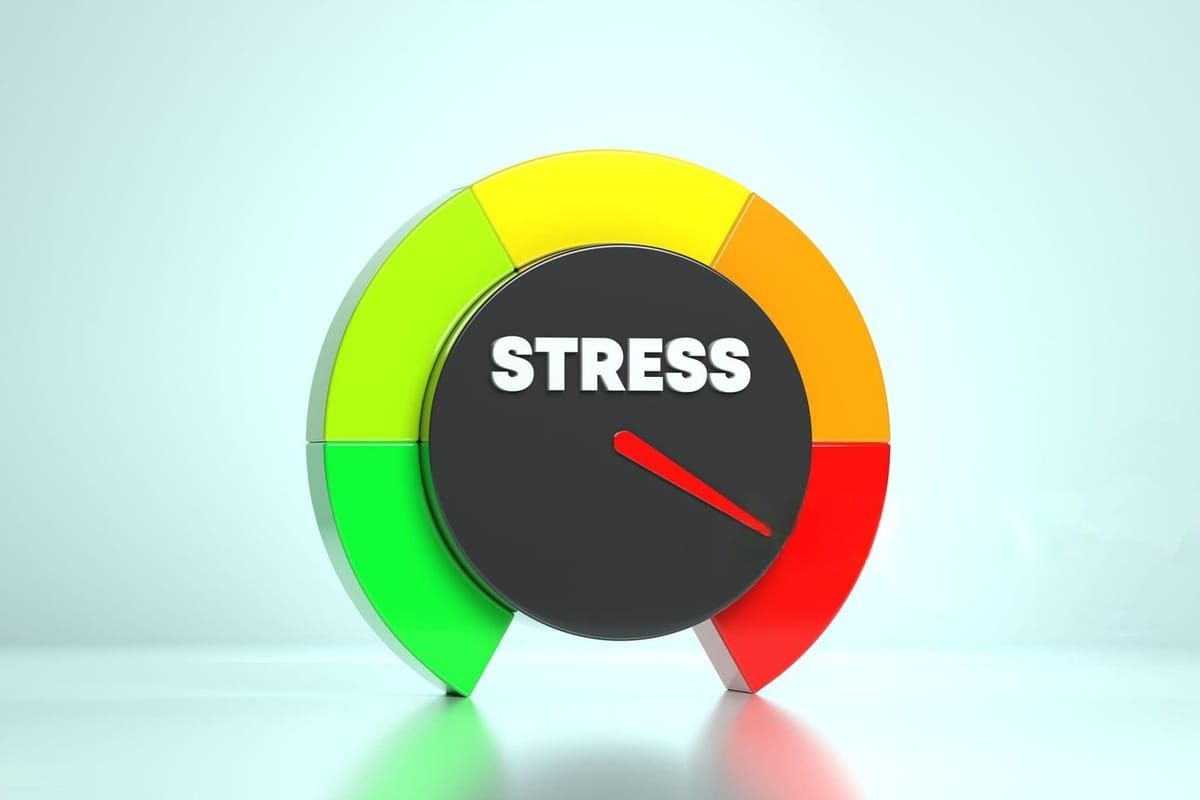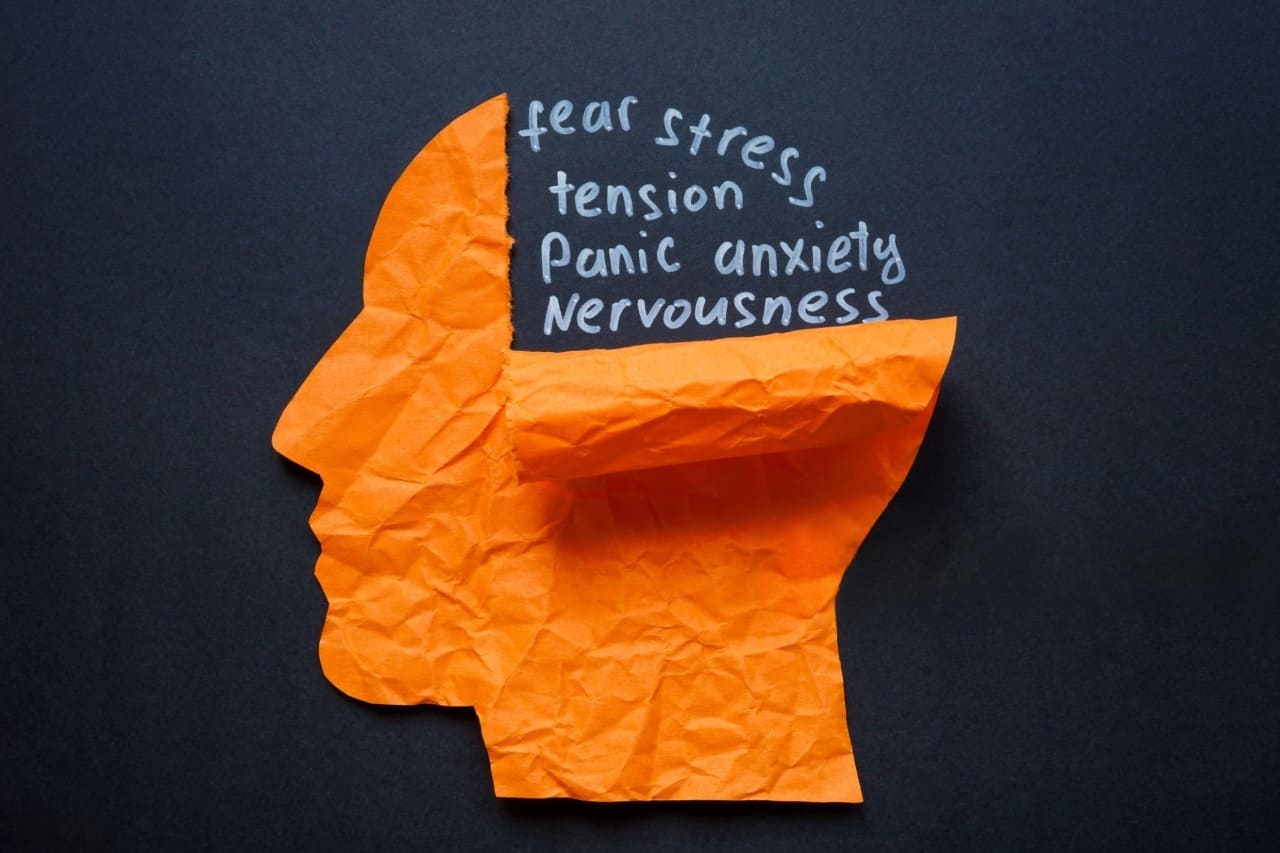Mastering Stress: The Science Behind It and Quick Techniques for Instant Calm

Stress is a natural response to life’s challenges, but when it’s chronic, it can severely impact both your body and mind. Understanding the science behind stress and learning effective techniques for managing it can significantly improve your quality of life. In this article, we’ll break down the biological mechanisms of stress and provide quick, practical strategies to help you regain calm and control in stressful moments.
Understanding Stress: The Science Behind It
Stress isn’t just a mental state—it’s a biological reaction designed to help us survive. The fight-or-flight response is our body’s way of preparing to confront or escape a threat. But in today’s fast-paced world, stress is often triggered by non-life-threatening events, leading to chronic stress that can take a toll on both your physical and mental health.

The Stress Response: Fight or Flight
When you face a stressful situation, your brain activates the hypothalamic-pituitary-adrenal (HPA) axis. This triggers the release of adrenaline and cortisol from the adrenal glands. These hormones are designed to prepare you to face danger—adrenaline increases heart rate and breathing, while cortisol raises blood sugar levels, providing you with quick energy.
- Adrenaline: Makes you feel more alert, improving your ability to respond to the threat quickly. It also heightens your focus and increases blood flow to the muscles.
- Cortisol: Primarily prepares your body for prolonged stress by ensuring your body has enough energy. However, when levels stay elevated over time, it can cause a variety of negative effects.
Short-Term Stress
In small doses, stress can be useful. It sharpens focus and enhances performance, making you more alert in challenging situations. It’s the reason we feel motivated to complete tasks or stay focused during a presentation.
Chronic Stress and Its Impact
While short-term stress is natural, prolonged stress can lead to chronic health problems, such as:
- Cardiovascular problems: High cortisol levels can increase blood pressure, contributing to heart disease and stroke risk.
- Weakened immune system: Chronic stress suppresses immune function, making you more vulnerable to illness.
- Mental health issues: Persistent stress is a major contributor to anxiety, depression, and sleep disorders.
Why it matters:
Chronic stress impacts more than just your mood—it has real, physical effects on your body. By understanding how stress works, you can better manage your response to it and mitigate the damage it causes.

Quick Stress Relief Techniques: Instant Calm for Busy People
Now that we’ve explored how stress works, let’s focus on practical, immediate relief strategies you can use when stress strikes. These techniques can help you regain control and calm your body and mind in moments of high tension.
Deep Breathing
Deep breathing is one of the simplest and most effective ways to counteract stress. By focusing on your breath, you activate the parasympathetic nervous system, which slows your heart rate and reduces tension. Deep breathing signals your body that it’s safe to relax and recover.
How to do it:
- Sit in a comfortable position with your back straight.
- Inhale slowly through your nose for a count of 4 seconds, expanding your abdomen as you breathe in.
- Hold your breath for 4 seconds.
- Exhale slowly through your mouth for 6-8 seconds, making sure to fully empty your lungs.
- Repeat for 3-5 minutes, focusing on the rhythm of your breath.

Why it works:
When we breathe deeply, we trigger the vagus nerve, which calms the body and slows the heart rate. This reduces the production of cortisol and promotes relaxation.
Progressive Muscle Relaxation (PMR)
Progressive muscle relaxation helps you identify and release physical tension that can accumulate during stressful moments. By focusing on tense muscles and then relaxing them, you can create a mind-body connection that brings immediate relief.
How to do it:
- Find a quiet space where you can sit or lie down comfortably.
- Starting with your feet, tense the muscles as hard as you can for 5 seconds.
- Release the tension and focus on the relaxation that follows for 10 seconds.
- Move up to your calves, thighs, abdomen, chest, arms, shoulders, and neck, repeating the process in each area.

Why it works:
When we intentionally release muscle tension, it helps the body shift from the stress response to a relaxed state. This exercise also teaches you to become aware of the physical signs of stress and how to control them.
Mindfulness and Grounding Techniques
Mindfulness helps you stay present in the moment, allowing you to let go of worries and anxieties about the past or future. Grounding techniques, in particular, can help you focus on the physical sensations around you to reduce stress.
How to do it:
- 5-4-3-2-1 Grounding Exercise: This technique engages all five senses, helping you stay in the moment and refocus during high-stress situations.
- 5 things you can see: Look around and identify five things.
- 4 things you can feel: Focus on tactile sensations, such as your feet on the ground or the texture of your clothes.
- 3 things you can hear: Tune in to sounds in your environment.
- 2 things you can smell: Notice any scents in the air.
- 1 thing you can taste: Pay attention to any lingering tastes, like the flavor of your last meal or a sip of water.

Why it works:
Grounding helps you shift from the stress of your thoughts to the reality of the present moment, pulling you out of a fight-or-flight response and back into a relaxed state.
Final Thoughts
Stress is inevitable, but managing it effectively is within your control. By understanding the physiological aspects of stress and practicing quick, effective techniques like deep breathing, progressive muscle relaxation, and mindfulness, you can take charge of your stress response and prevent long-term health issues.
Building these practices into your routine can help you stay calm, grounded, and resilient no matter what life throws your way. With the right tools, you can transform stress from a burden into an opportunity for growth.
The Bottom Line
Stress management isn’t about eliminating stress altogether—it’s about learning how to respond to it in ways that benefit your health. Implementing these science-backed techniques can help you stay in control, calm your body and mind, and create lasting resilience to the pressures of life.




